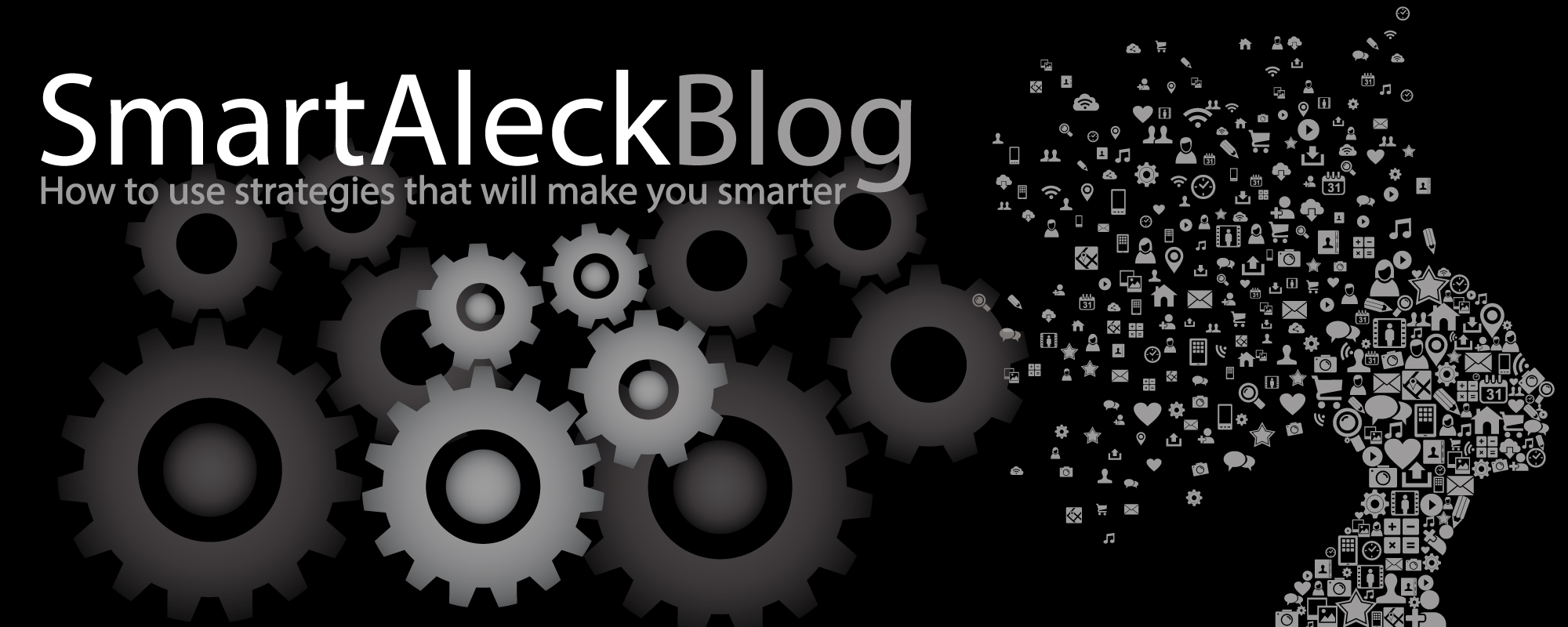Regardless of your political beliefs, anyone who has been actively listening to current events knows that President Trump has a habit of changing his position. This behavior pertains to a wide range of topics. For example he insisted that America would not have an active military presence in Syria. Nevertheless, he ordered the bombing of a Syrian airfield last week. This is not new. President Trump had specified last year that witness immunity from prosecution in exchange for testimony was equivalent to committing a crime. Since then he has also back-pedaled on that statement concerning Michael Flynn. This certainly was not the case concerning Hillary Clinton’s staff members last year.

Some may argue that President Trump changes his positions to gain negotiation advantage. Yet, there may there may be other reasons why many of President Trump’s statements are inconsistent with his past rhetoric – cognitive structures. Cognitive structures are mental processes that individuals use to process and understand information. They organize information for learning and recall. Cognitive structures are integral for comprehension and memory.
According to Sternberg (2009), there are three general categories of cognitive structures.
* The first are comparative thinking structures for memorization and classifying.
* The second is symbolic representation structures like math, gestures, dance, and music.
* The third is logical structures like reasoning, cause and effect, evaluation, and problem solving.
We develop cognitive structures over time through our experiences. We use cognitive structures that support our goals and needs. I suggest that President Trump is using a dynamic evaluation process to maintain a positive self-image. This explains why President Trump stated that there were things in the healthcare bill that he did not particularly like; it was okay that the bill failed to pass. In the same manner, he uses alternate facts to support bogus claims and denigrate his foes, both of which support his fragile self-image.





